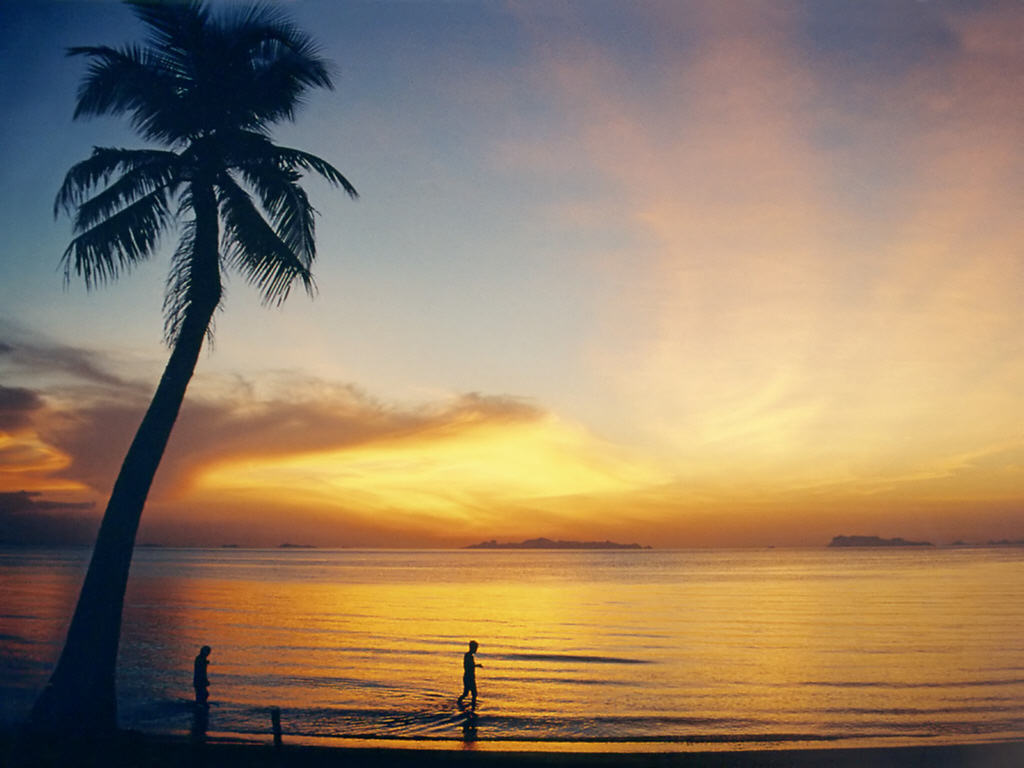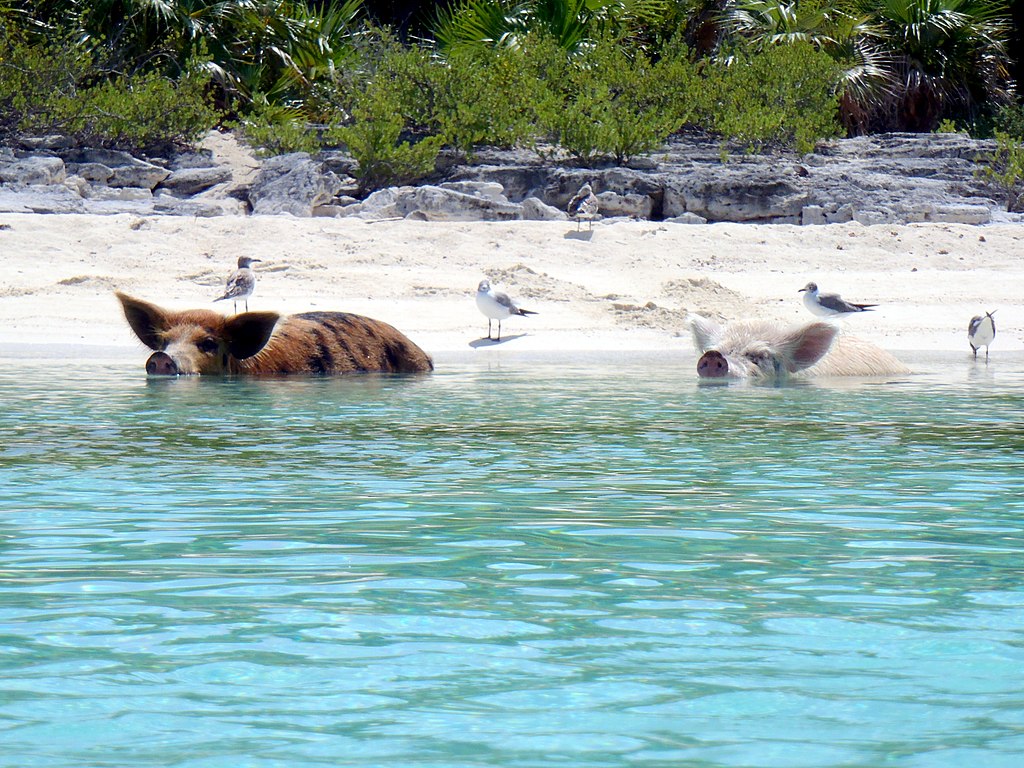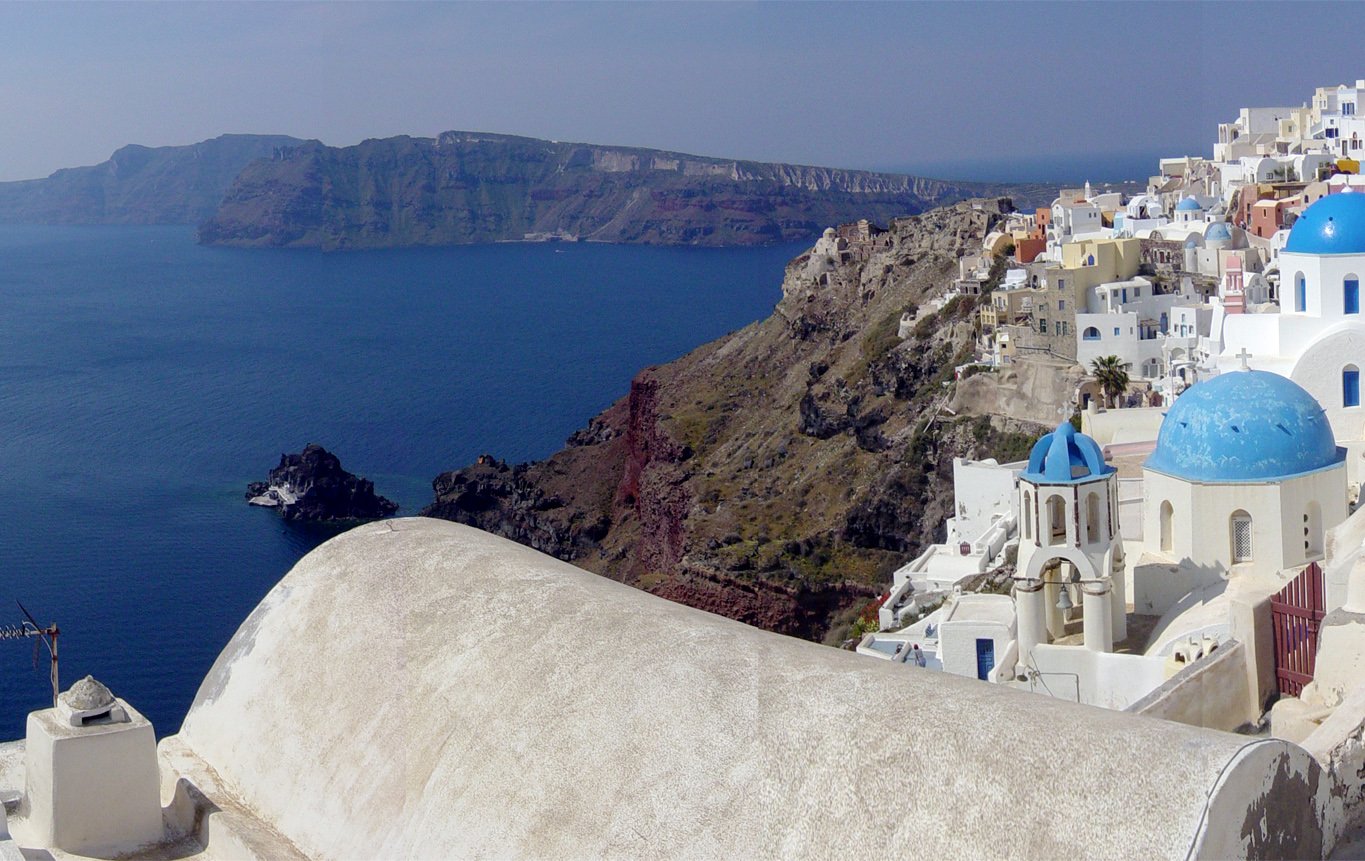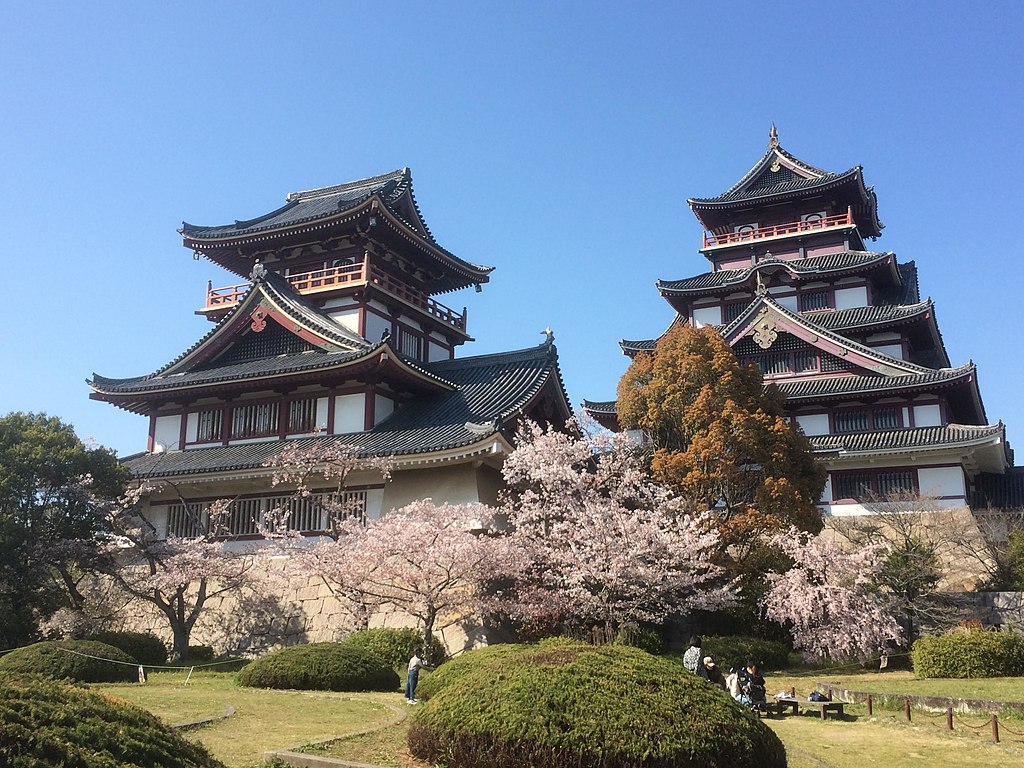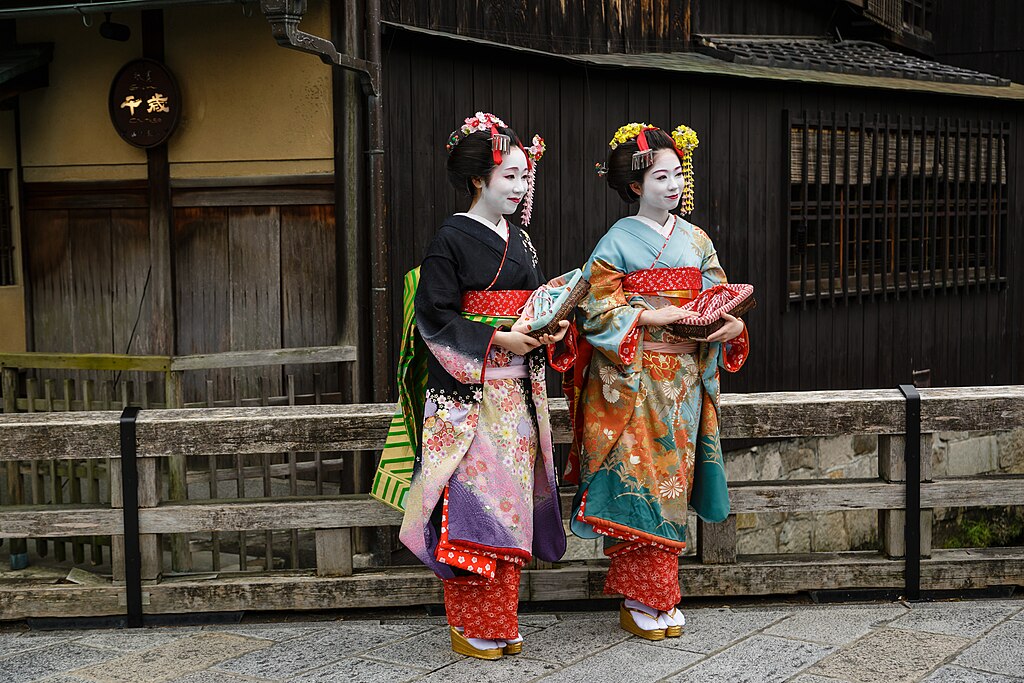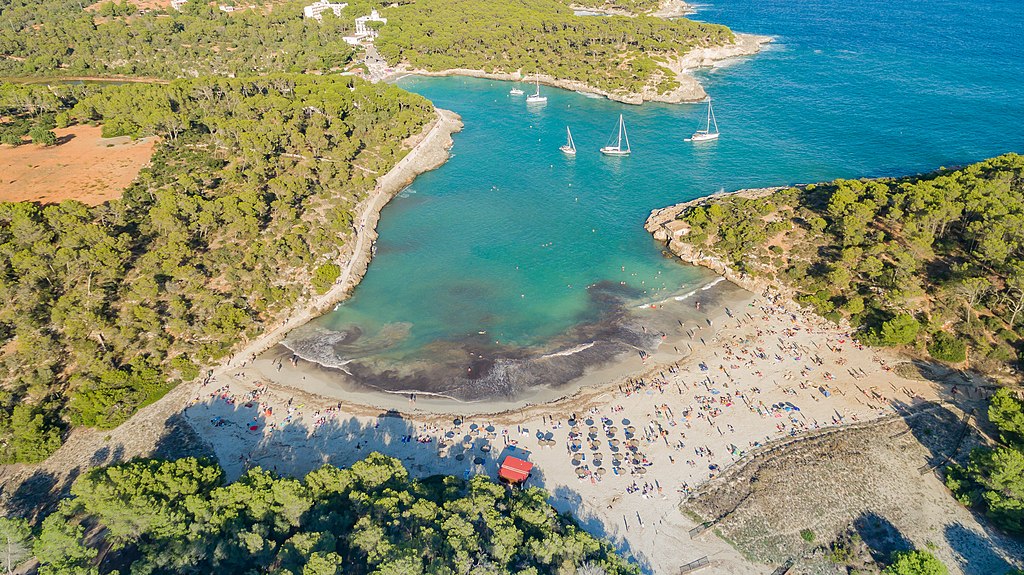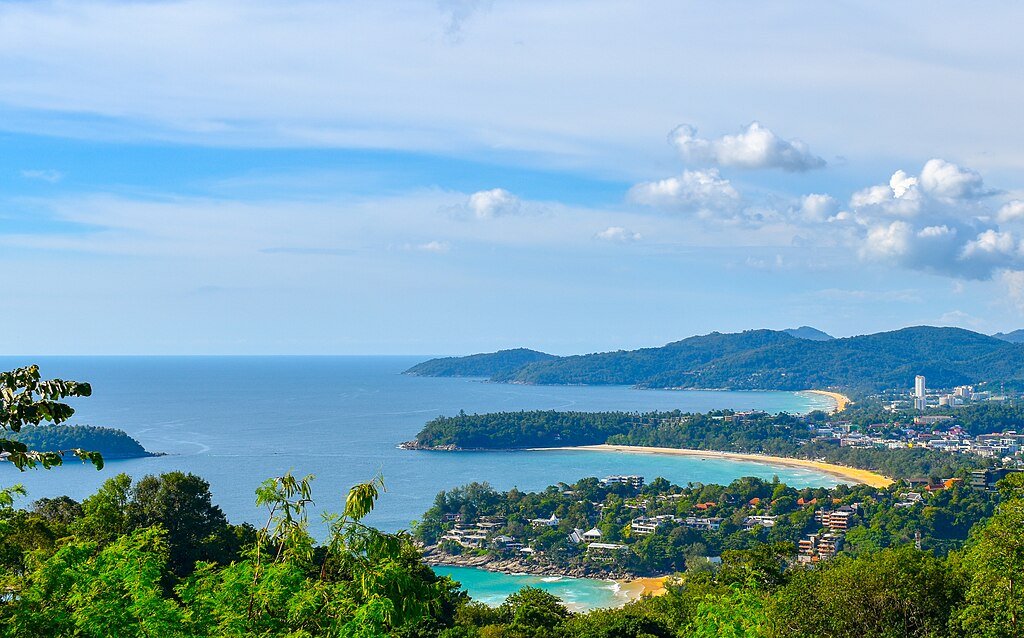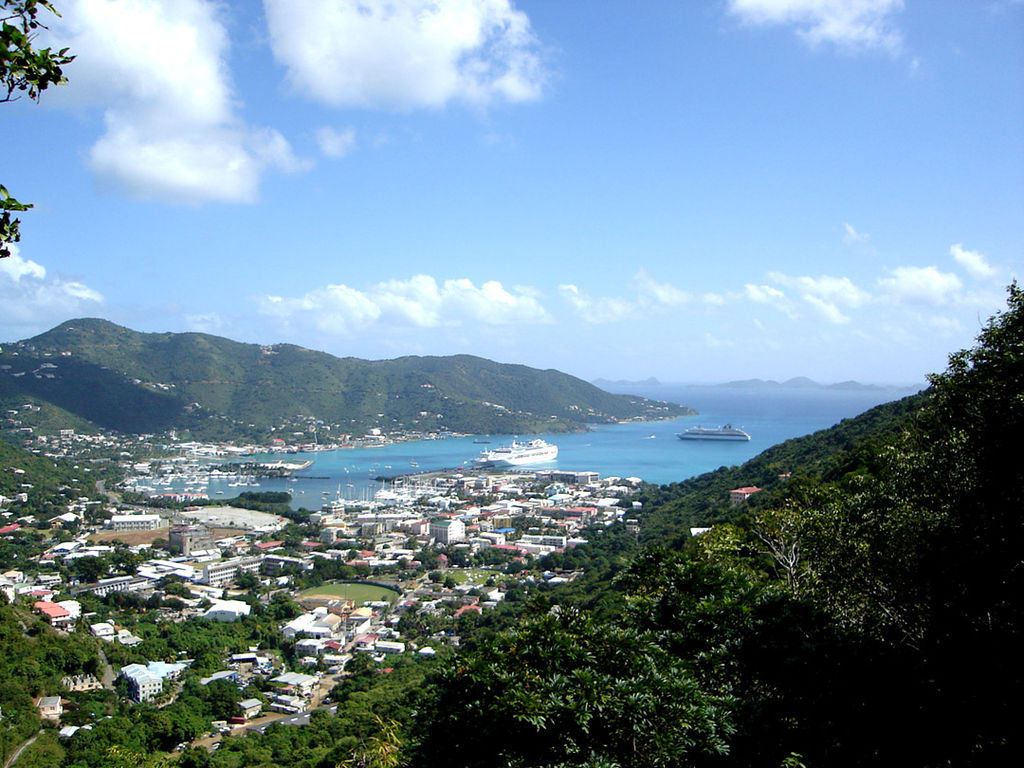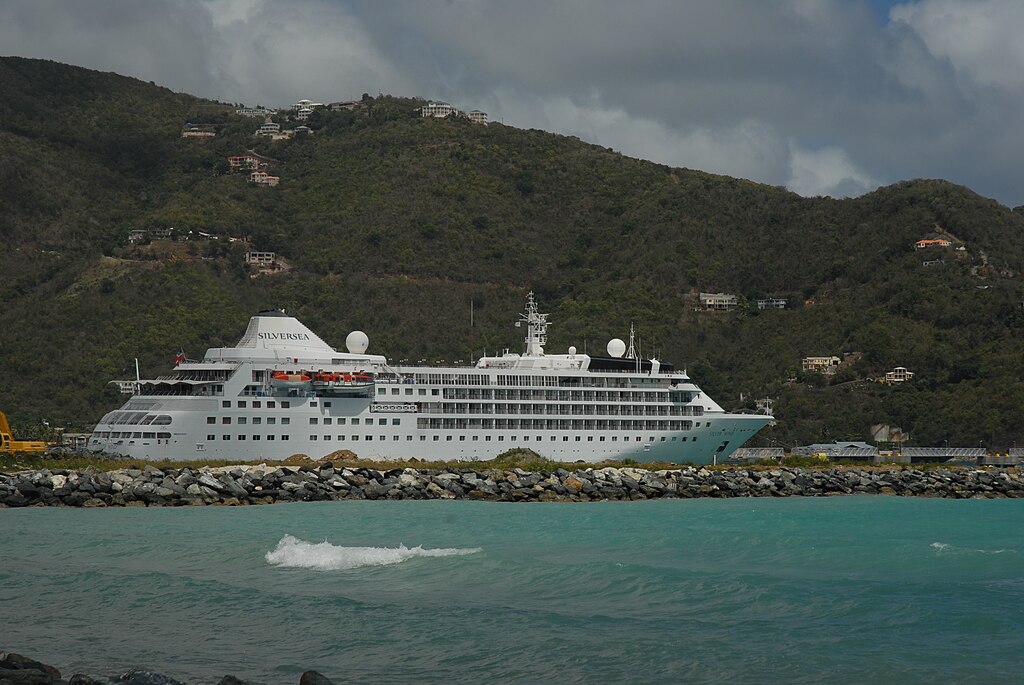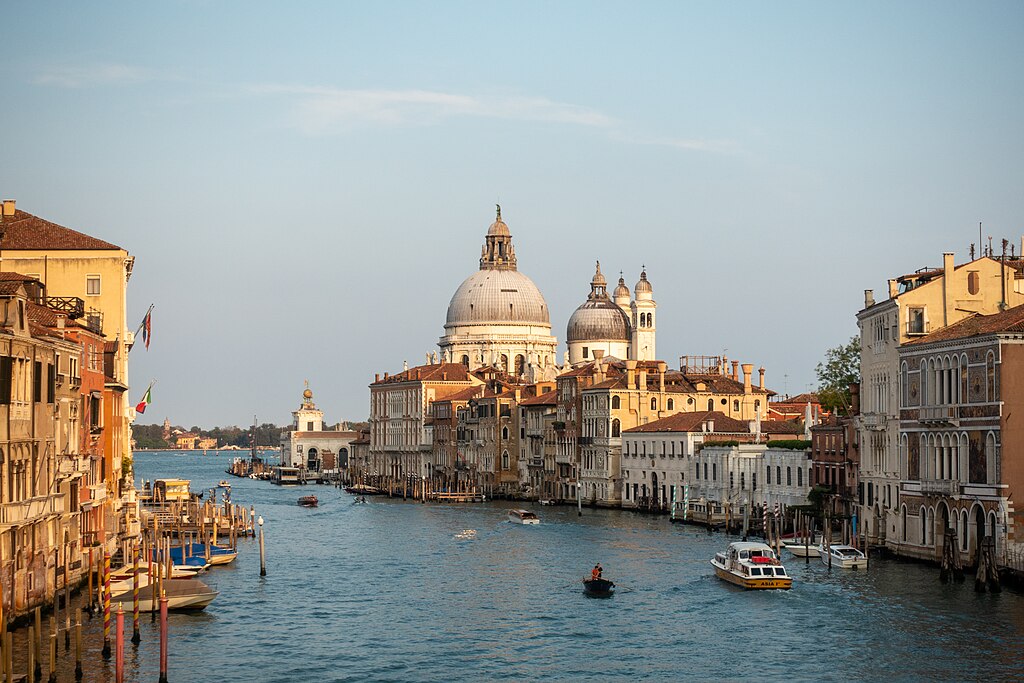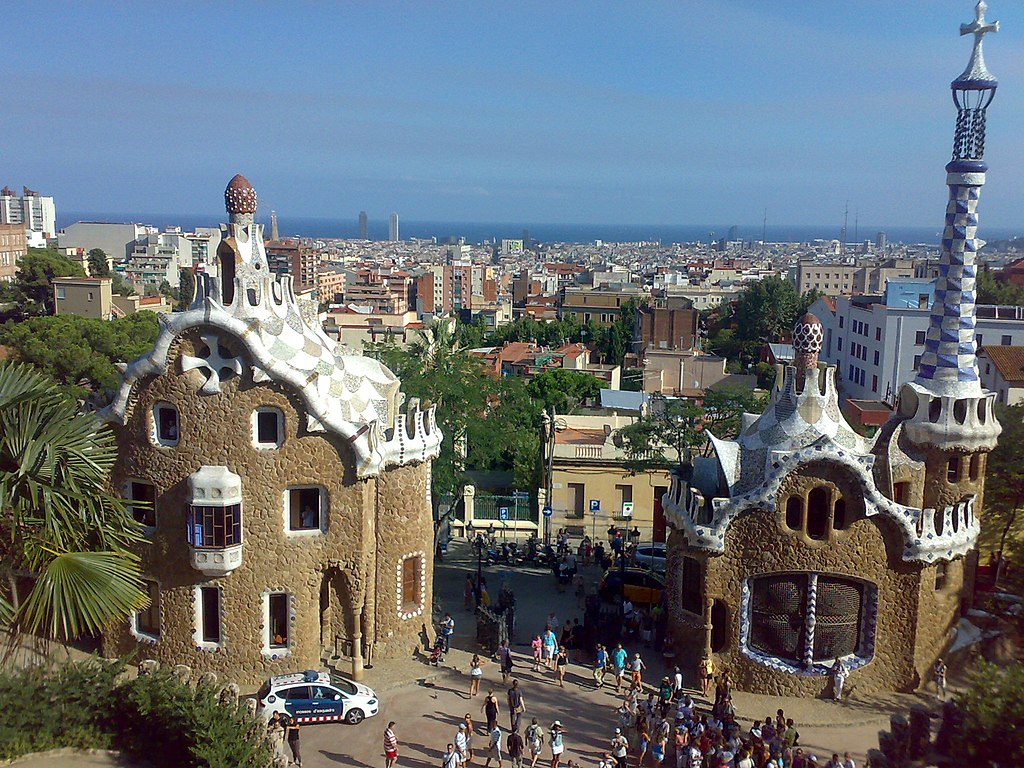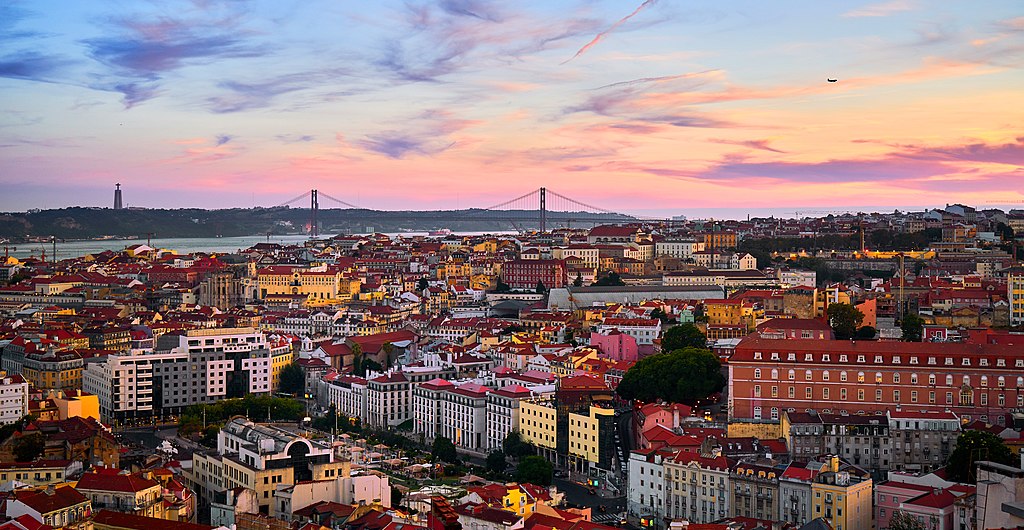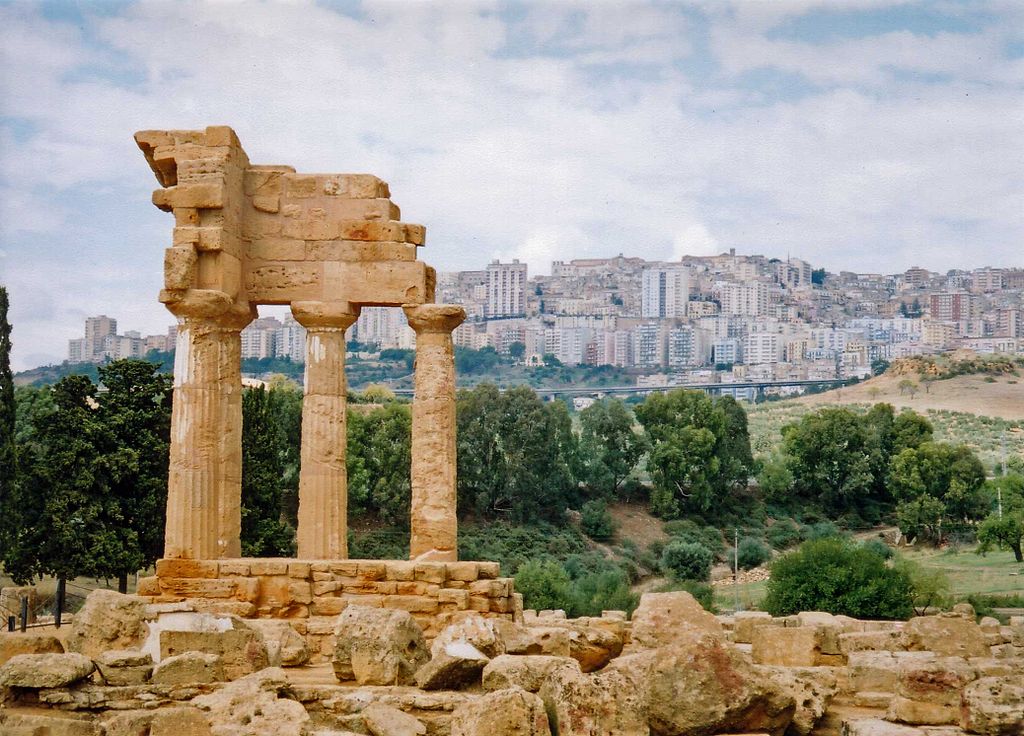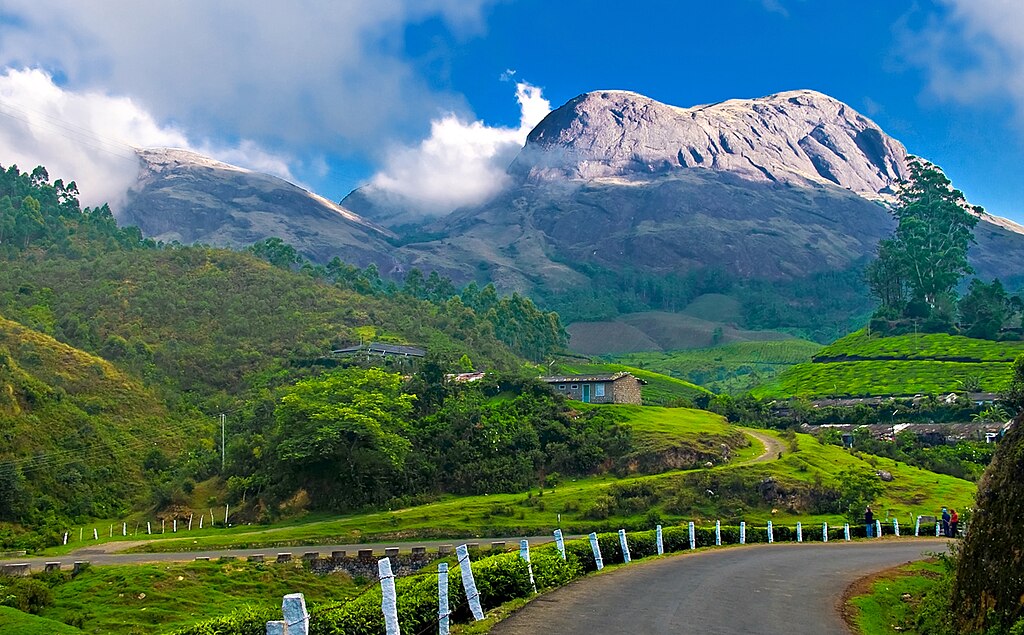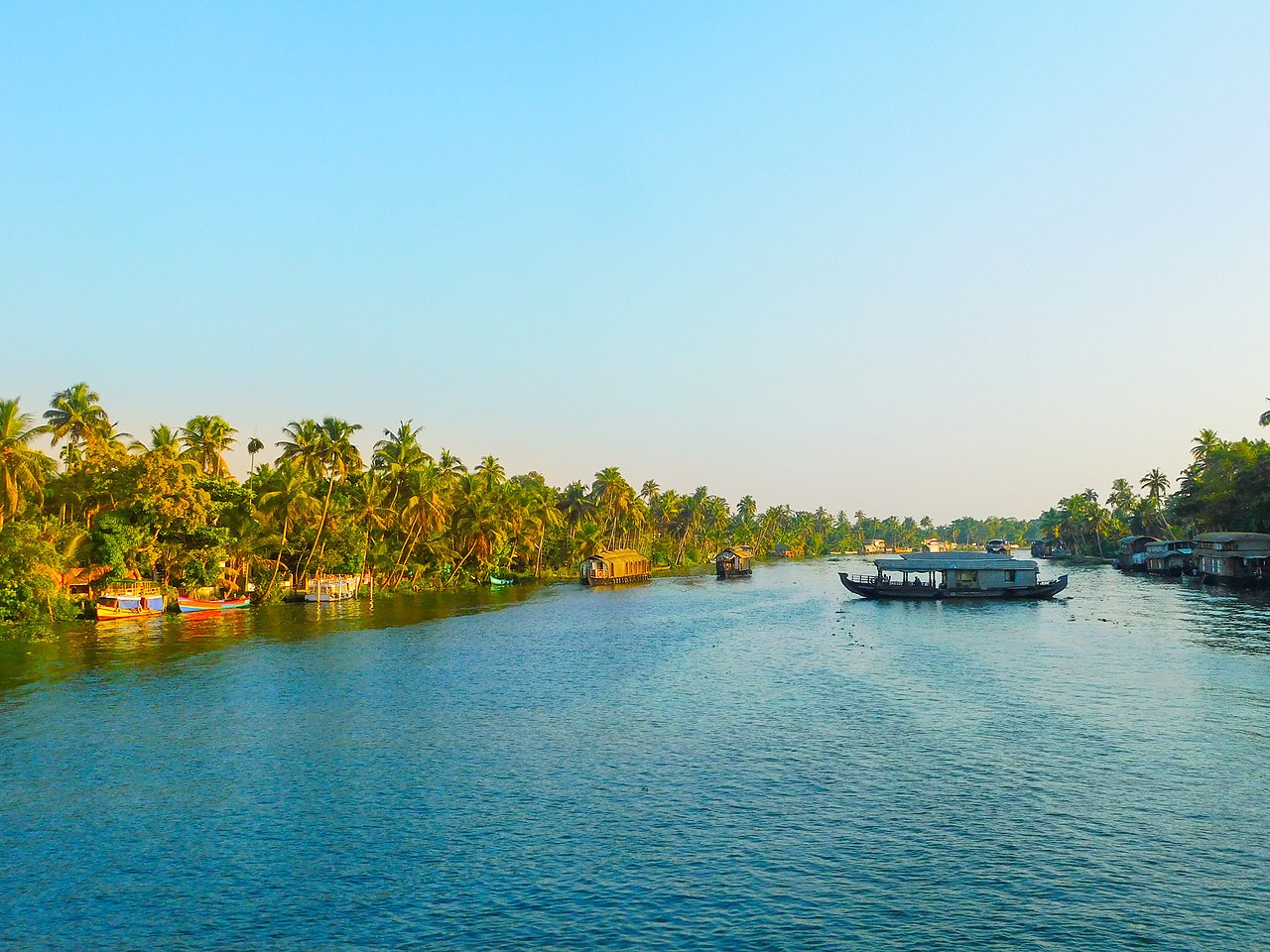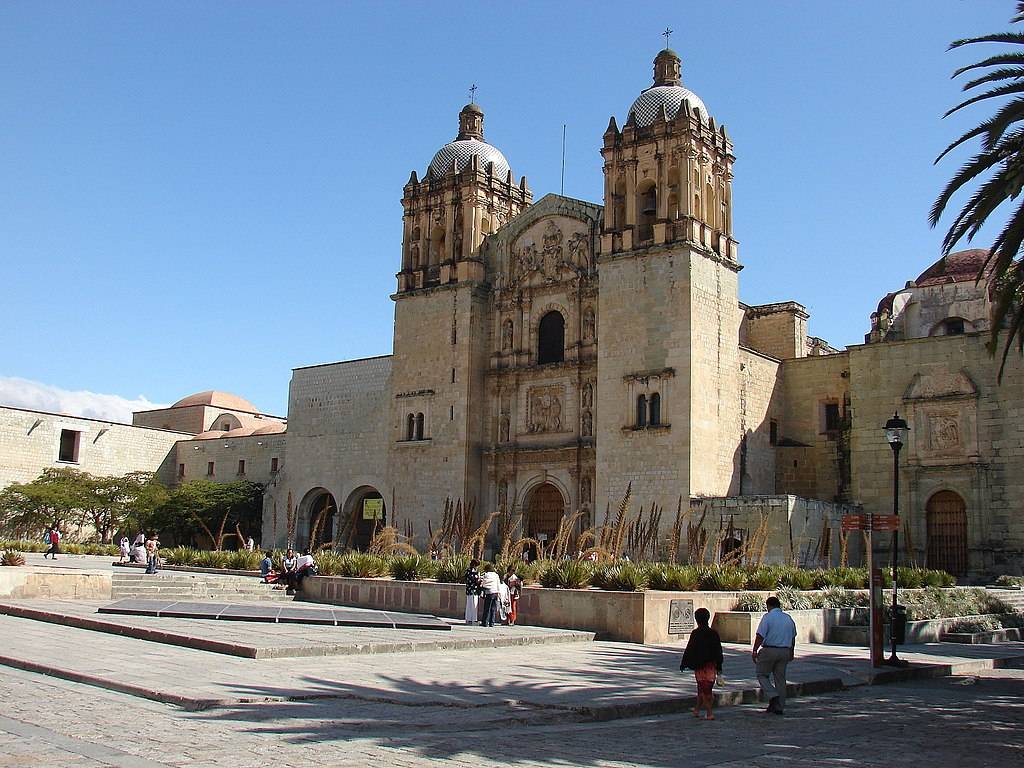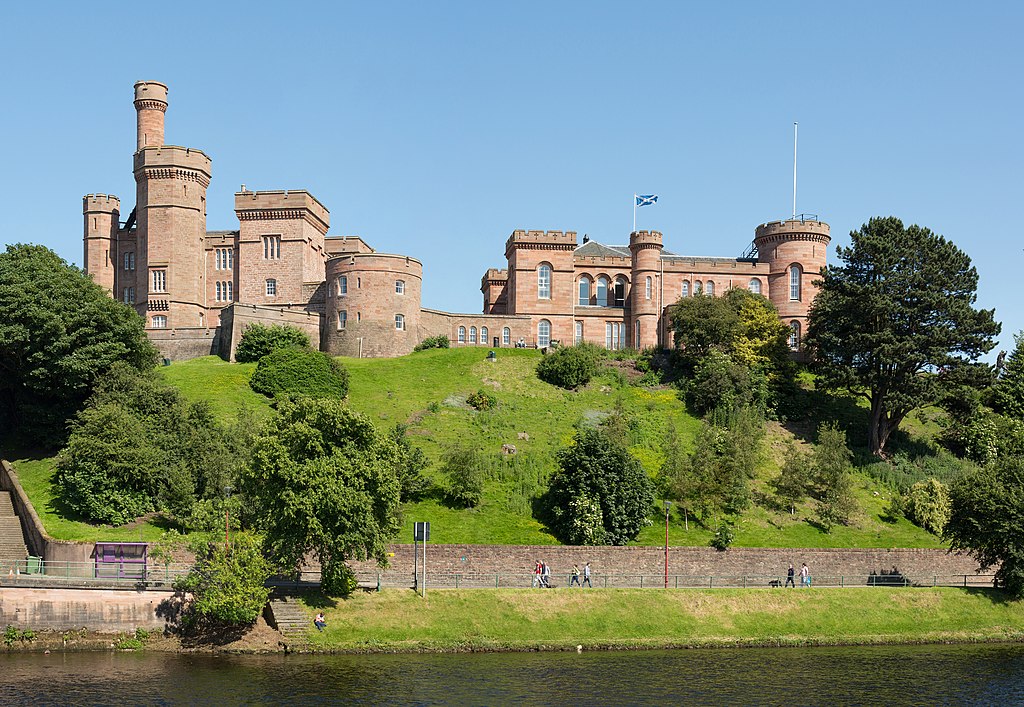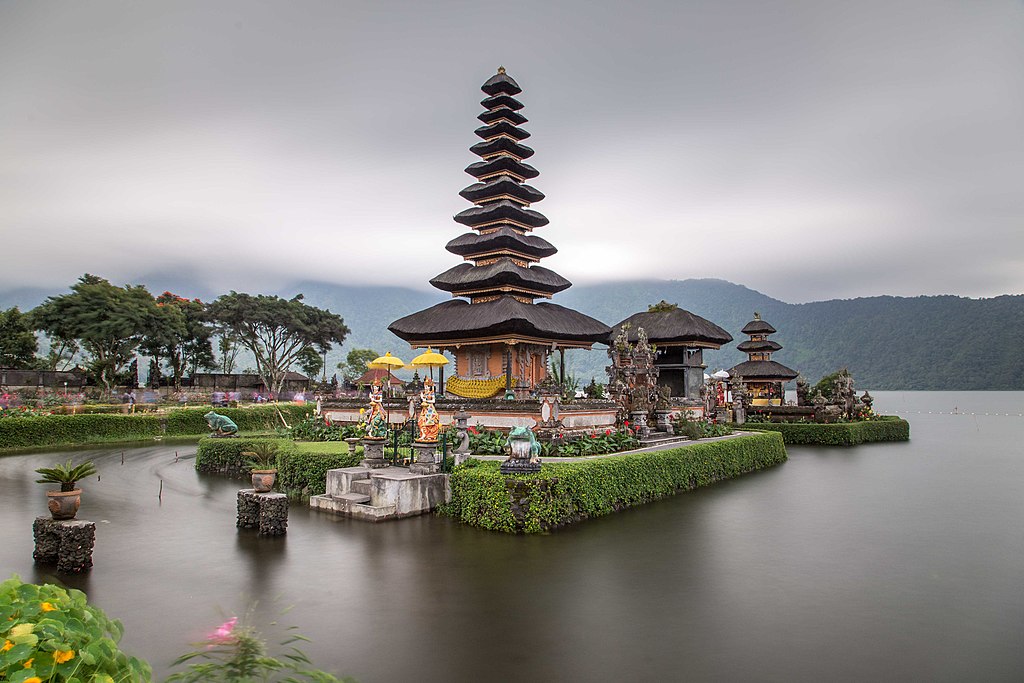Destinations Overrun With Tourists
Exploring cities overwhelmed by tourists can be frustrating. Visiting places where locals are indifferent or hostile is discouraging, and trekking through nature marred by litter is disheartening. Many popular vacation spots are buckling under the pressure of their appeal—despite being beautiful, captivating, and culturally rich.
But for now, avoiding these spots might be the best way to preserve your peace and wallet.

Koh Samui, Thailand
Koh Samui is known for its stunning beaches, crystal-clear waters, and lush palm trees, perfect for relaxation. It also boasts a vibrant nightlife and a rich cultural scene, with temples, markets, and festivals adding charm.
Beyond Samui’s pristine beaches and luxury resorts, however, lies the hidden environmental toll of tourism.
Koh Samui, Thailand
The rise of luxury resorts and golf courses in Samui has depleted its water resources, while noisy beach parties and speedboats have driven away marine life. Unchecked villa development, sometimes flouting building regulations, has raised concerns about landslides and flooding.
And to make matters worse, the surge in tourists and workers has led to a massive increase in waste production.
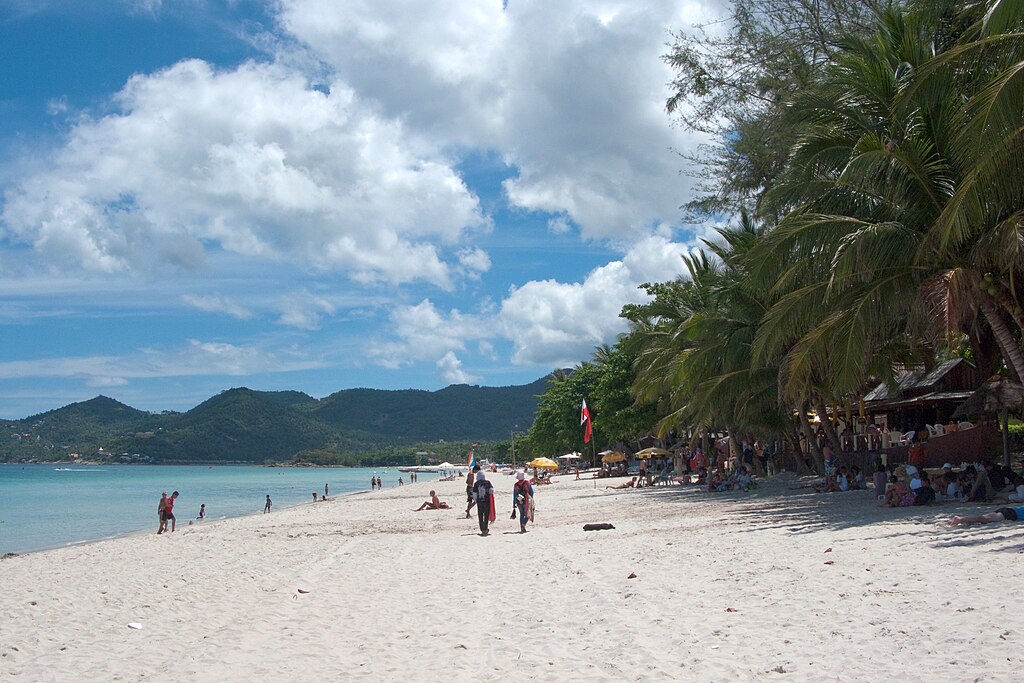 Vyacheslav Argenberg, Wikimedia Commons
Vyacheslav Argenberg, Wikimedia Commons
Big Major Cay Island, Bahamas
Pig Beach in the Bahamas attracts visitors with its unique experience of swimming with friendly, wild pigs in crystal-clear waters. Its idyllic setting and playful animals make it a one-of-a-kind destination for travelers seeking adventure and relaxation. The island will always be a beautiful destination—but the pigs may not be a part of it for long.
Big Major Cay Island, Bahamas
Tourists often feed the pigs on the beach, leading them to ingest large amounts of sand. Some visitors even offer inappropriate foods, like party snacks, which harm the pigs' health.
Uninformed tourists jeopardize the well-being of these adorable animals by showing little regard for the island's environment.
 Emilylindahl, Wikimedia Commons
Emilylindahl, Wikimedia Commons
Santorini, Greece
This charming Greek island in the south Aegean deserves all the accolades it gets with its surreal blue-hued waters. The island offers stunning panoramic views, picturesque sunsets, unique volcanic beaches, and charming villages like Oia, making it a truly romantic destination.
This beauty has ironically become its greatest challenge, attracting many tourists.
Santorini, Greece
Overrun with tourists eager to snap the perfect shot on Greece's "Instagram Island," Santorini has seen the hospitality sector race to build hotels and provide experiences to keep up with rising demand. While it contributes billions to the country's economy, overtourism has made life increasingly difficult for residents.
 Norbert Nagel, Wikimedia Commons
Norbert Nagel, Wikimedia Commons
Kyoto, Japan
Located on the island of Honshu, Kyoto is renowned for its abundance of classical Buddhist temples, gardens, imperial palaces, Shinto shrines, and traditional wooden houses. The city also celebrates formal cultural traditions, such as kaiseki dining, which features multiple courses of meticulously prepared dishes.
Kyoto, Japan
Kyoto, a long-standing tourist hub, attracts regular visitors and local student groups. Surging tourism strains resources, worsening waste, air quality, and congestion, threatening the heritage that draws them.
Overcrowded public transportation, especially buses, disrupts daily life for residents, fueling frustration and resentment toward tourists.
Machu Picchu, Peru
Machu Picchu, Peru's iconic Incan citadel, sits high in the Andes, offering breathtaking mountain views and a glimpse into ancient civilization. Visitors are drawn to its well-preserved stone ruins, the mysterious Temple of the Sun, and the Intihuatana stone, believed to have astronomical significance.
The challenging Inca Trail hike and the panoramic vistas from Huayna Picchu make it a bucket-list destination for history buffs and adventure seekers alike.
 Diego Delso, Wikimedia Commons
Diego Delso, Wikimedia Commons
Machu Picchu, Peru
Excessive tourism at Machu Picchu has led to overcrowding, damaging the site's fragile infrastructure and archaeological features. The visitor surge has increased waste, erosion, and pressure on local ecosystems while contributing to overcrowded trails and limited access to the ruins.
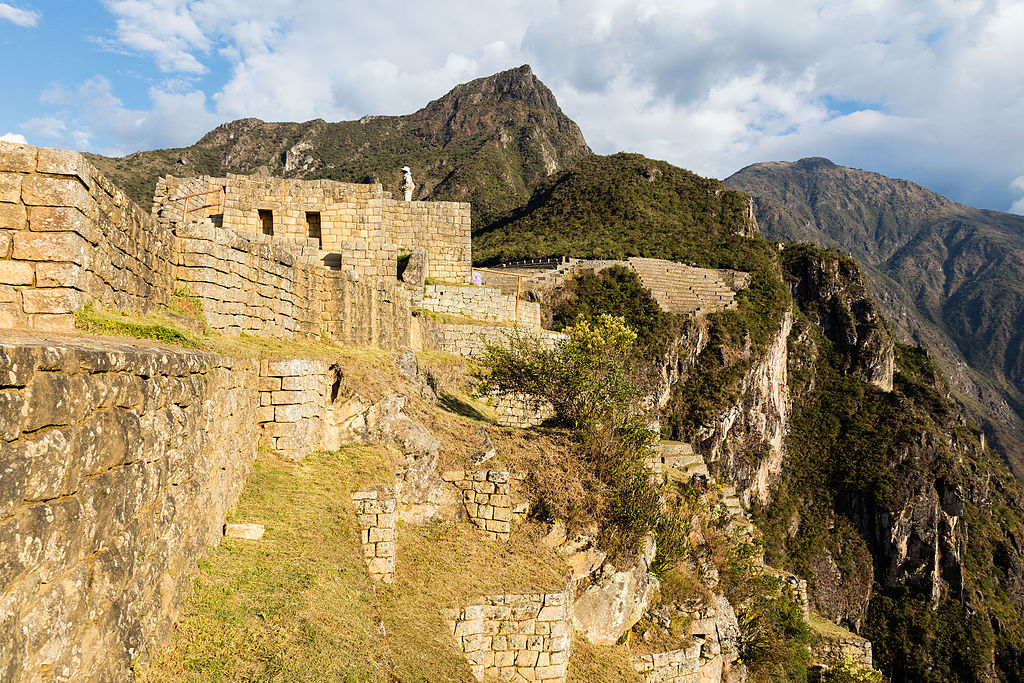 Diego Delso, Wikimedia Commons
Diego Delso, Wikimedia Commons
Mallorca, Spain
Mallorca offers a perfect blend of stunning beaches, rugged mountains, and charming villages, making it an ideal getaway for relaxation and adventure. With its rich history, vibrant culture, and world-class cuisine, the island has the potential for a memorable experience for every traveler.
But nowadays, it also has the potential to be a major headache.
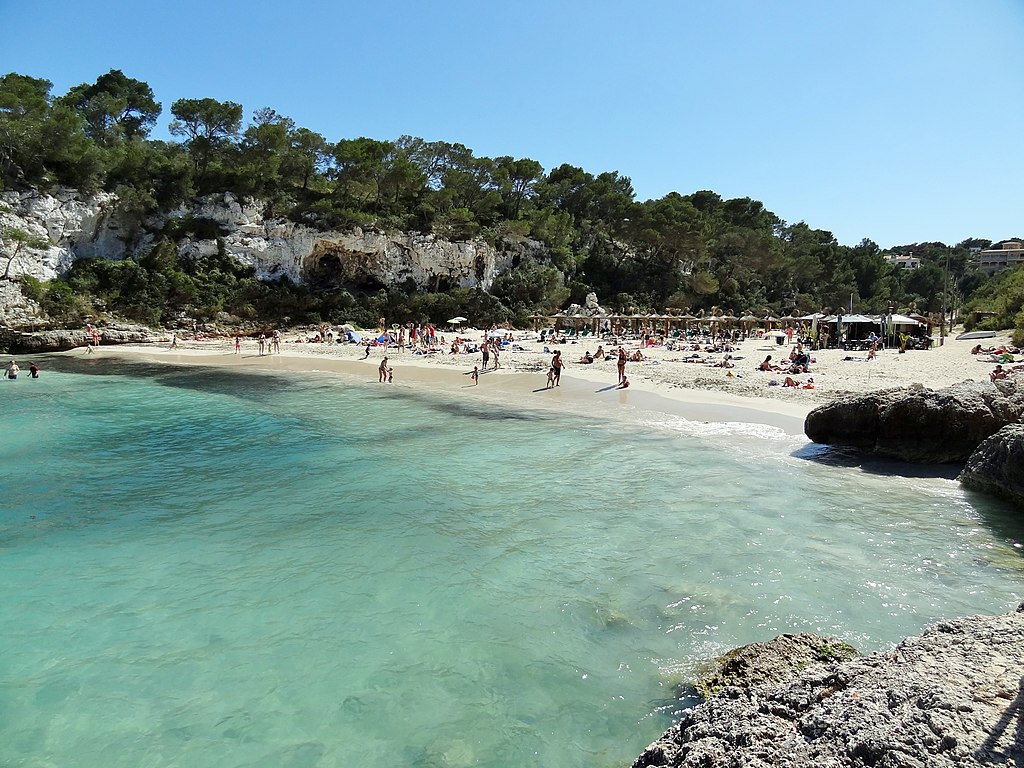 Olaf Tausch, Wikimedia Commons
Olaf Tausch, Wikimedia Commons
Mallorca, Spain
Mallorca has become a major tourist hotspot, leading to overtourism. Profitable holiday rentals are pushing locals out, antisocial behavior is rising, and popular sites and beaches are overcrowded. Previously, the locals focused on inland agriculture, leaving the coast untouched. However, with the rise of mass tourism, the coastline of the small island became highly sought after and rapidly developed.
The Canary Islands, Spain
The Canary Islands, located off the northwest coast of Africa, are known for their warm climate, stunning beaches, and unique volcanic landscapes. Tourists flock to the islands for year-round sunshine, outdoor activities, and vibrant local culture.
However, the visitor surge has led to overcrowded resorts, environmental degradation, and increased waste, straining the islands' fragile ecosystems.
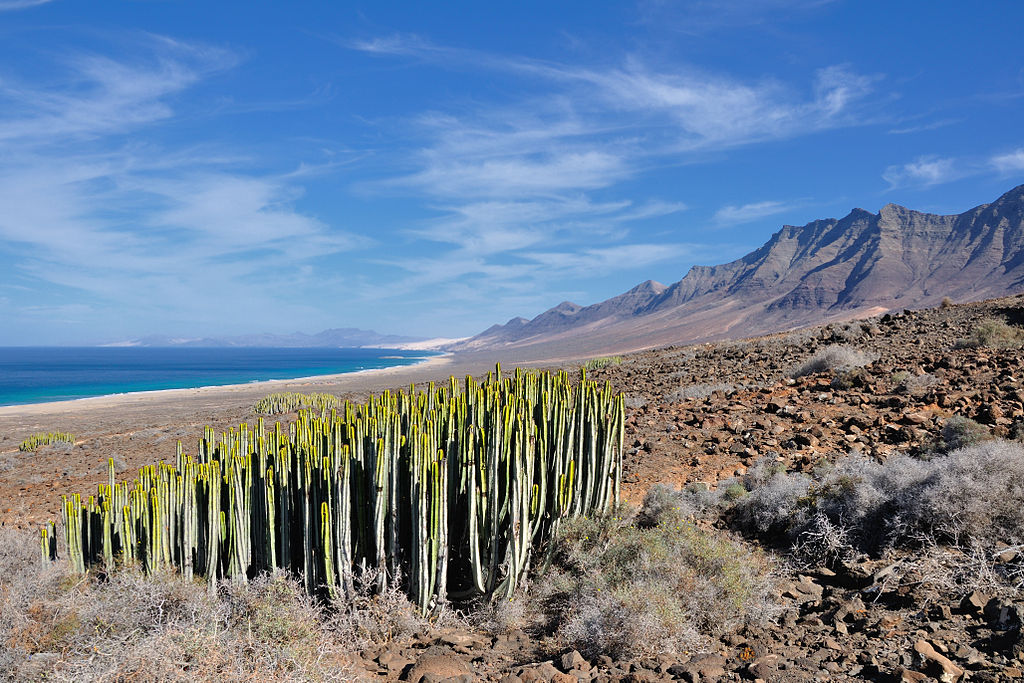 Hansueli Krapf, Wikimedia Commons
Hansueli Krapf, Wikimedia Commons
Tokyo, Japan
Tokyo attracts visitors with its blend of ultramodern skyscrapers, historic temples, and world-class cuisine. However, much like Kyoto, it struggles with overcrowded public transport, packed tourist hotspots, and rising living costs driven by short-term rentals. The surge in visitors also strains local infrastructure, increases waste, and disrupts daily life for residents.
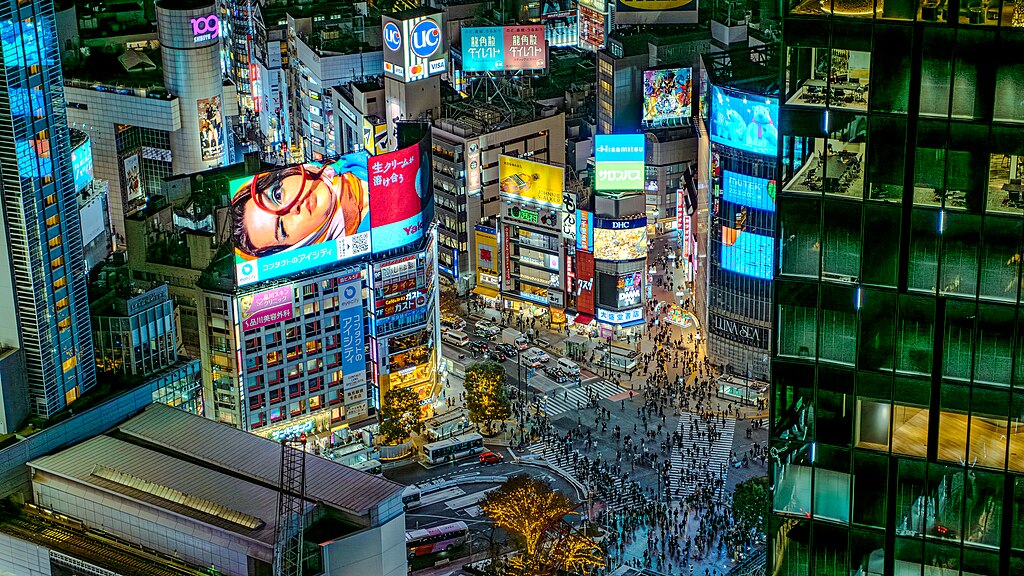 David Kernan, Wikimedia Commons
David Kernan, Wikimedia Commons
Amsterdam, Netherlands
Amsterdam’s charm lies in its picturesque canals, historic architecture, and world-class museums like the Rijksmuseum and the Van Gogh Museum. Visitors flock to its vibrant neighborhoods, from the artistic Jordaan district to the lively Red Light District.
The city’s cycling culture, scenic boat tours, and famous tulip-filled landscapes add to its unique appeal.
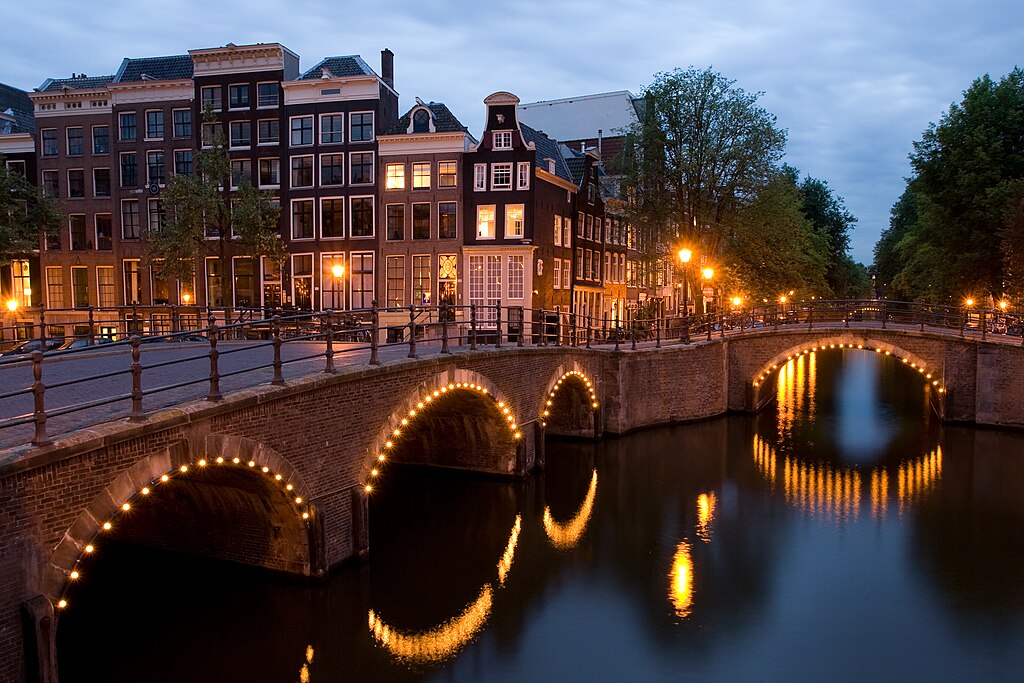 Massimo Catarinella, Wikimedia Commons
Massimo Catarinella, Wikimedia Commons
Amsterdam, Netherlands
The city's history, art, and nightlife draw millions, but mass tourism has led to overcrowding, strained infrastructure, and rising living costs. Locals face packed streets, overloaded transport, and a fading cultural identity, fueling growing frustration.
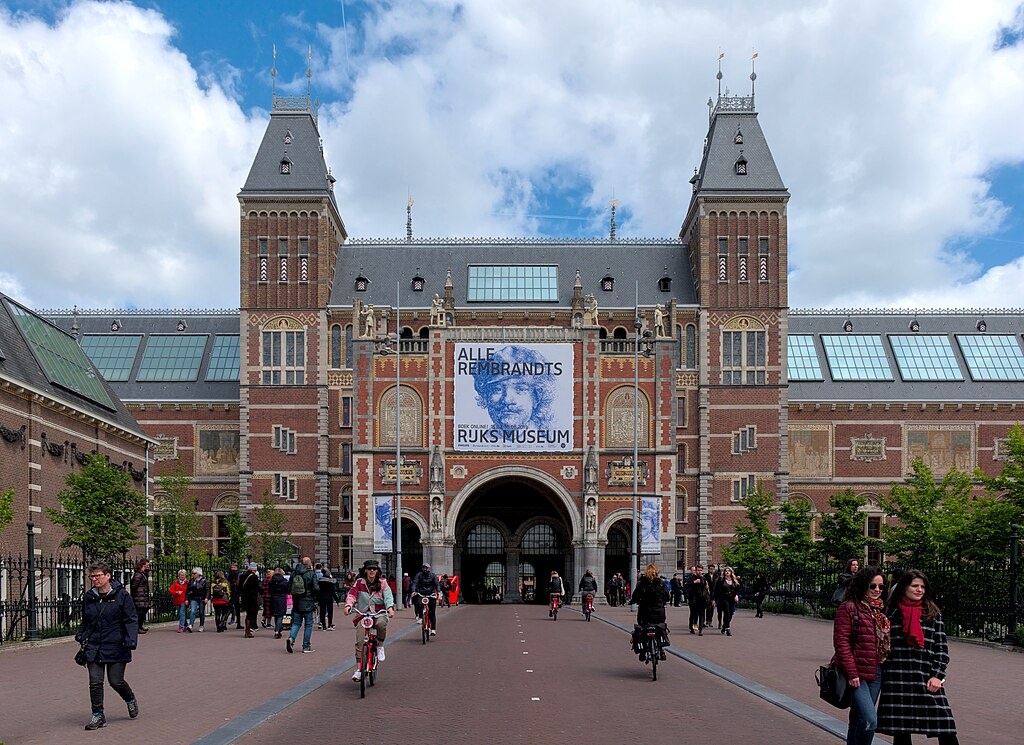 Benoit Brummer, Wikimedia Commons
Benoit Brummer, Wikimedia Commons
Phuket, Thailand
Phuket, Thailand is famous for its stunning beaches, vibrant nightlife, and luxury resorts. Tourists flock to its crystal-clear waters, bustling markets, and cultural landmarks like the Big Buddha and Wat Chalong. The island's diverse activities, from water sports to spa retreats, make it a popular destination for relaxation and adventure—maybe too popular.
Phuket, Thailand
Overtourism in Phuket has led to overcrowded beaches, rising pollution, and significant strain on local resources and infrastructure. The influx of visitors also contributes to environmental degradation, with coral reefs and marine life suffering the cost.
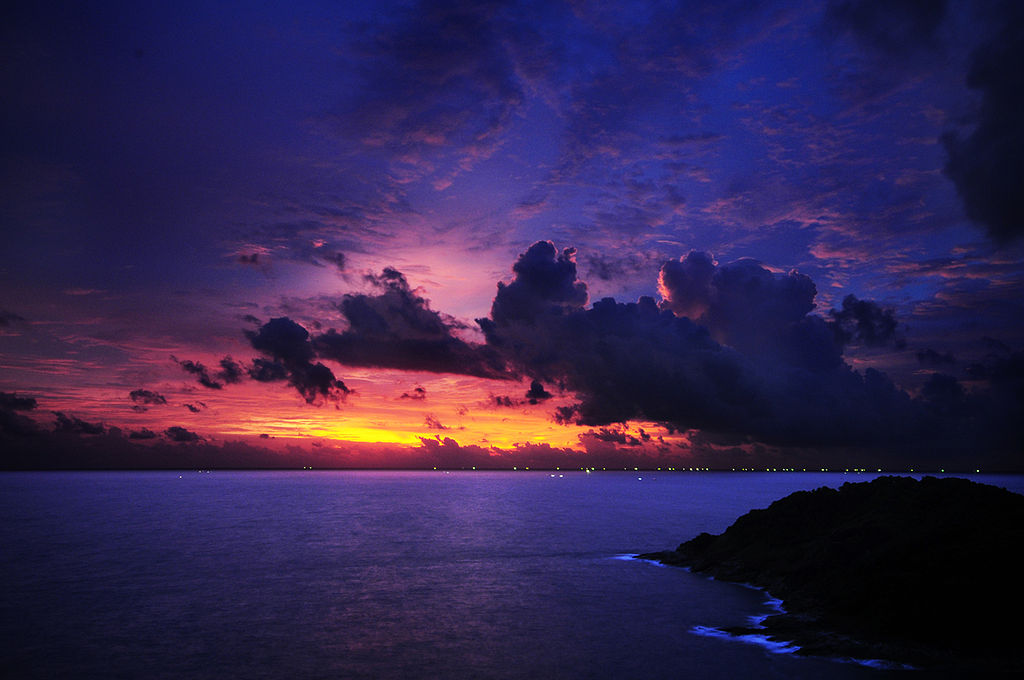 William Cho, Wikimedia Commons
William Cho, Wikimedia Commons
British Virgin Islands
Situated in the Caribbean east of Puerto Rico, the British Virgin Islands are part of the Virgin Islands archipelago and include approximately 60 islands, with Tortola being the largest. Known for pristine beaches, clear waters, and top-notch sailing, the islands offer secluded coves, vibrant reefs, and luxury resorts.
Visitors can enjoy various water activities, including snorkelling, diving, and yacht charters.
British Virgin Islands
The British Virgin Islands' coral reefs suffer from overtourism impacts, including physical damage from anchors, snorkelers, divers and pollution from boat traffic and waste. Overcrowding also stresses local wildlife and ecosystems, while increased tourism development causes habitat loss and further environmental degradation.
Venice, Italy
Venice attracts visitors with its iconic canals, historic architecture, and rich cultural heritage. Tourists enjoy exploring landmarks like St. Mark's Basilica, the Doge's Palace, and the Rialto Bridge and experiencing the city's unique gondola rides and vibrant festivals.
Its romantic ambiance and artistic history also draw those seeking a picturesque and immersive destination.
Venice, Italy
Venice is sinking due to natural subsidence and human activity, compounded by rising sea levels from climate change, which causes frequent flooding. Overtourism worsens overcrowding, damages historic sites, and harms the fragile lagoon ecosystem with increased foot and boat traffic.
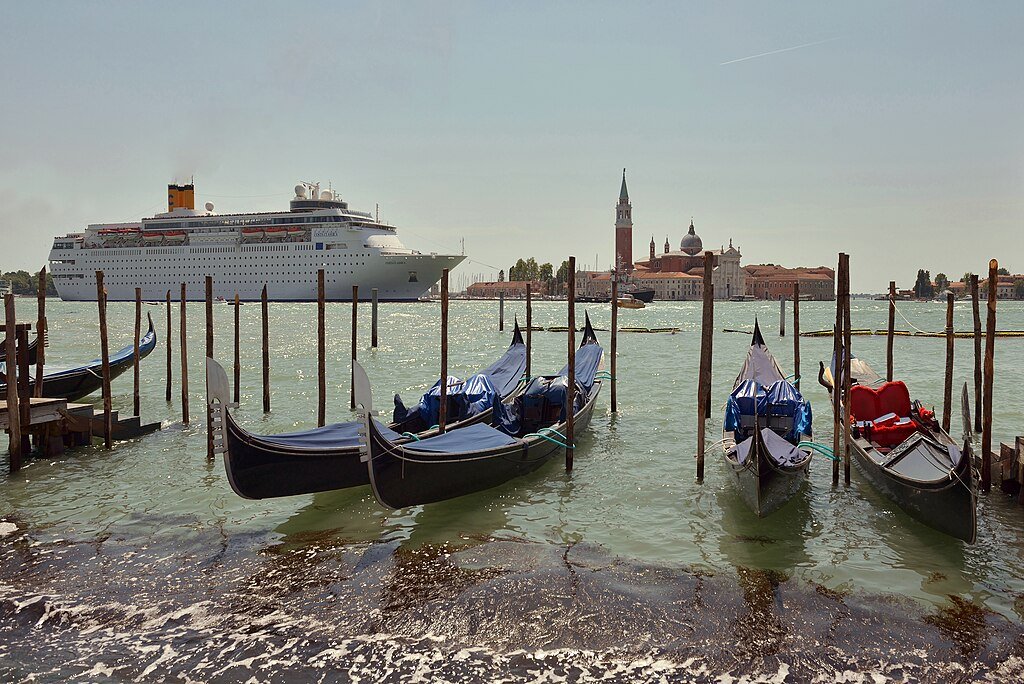 olfgang Moroder, Wikimedia Commons
olfgang Moroder, Wikimedia Commons
Barcelona, Spain
Barcelona attracts tourists with its stunning architecture, including Antoni Gaudí's masterpieces, the Sagrada Família and Park Güell. The city's vibrant culture, beautiful beaches, and lively neighborhoods, like Las Ramblas, also draw visitors seeking a mix of history, art, and relaxation.
Barcelona, Spain
Tourism has overcrowded Barcelona's streets, attractions, and public transport, disrupting daily life. Short-term rentals like Airbnb have driven up housing prices, displacing locals. Waste, noise, and air pollution from littering and cruise ships strain the city and harm residents' health.
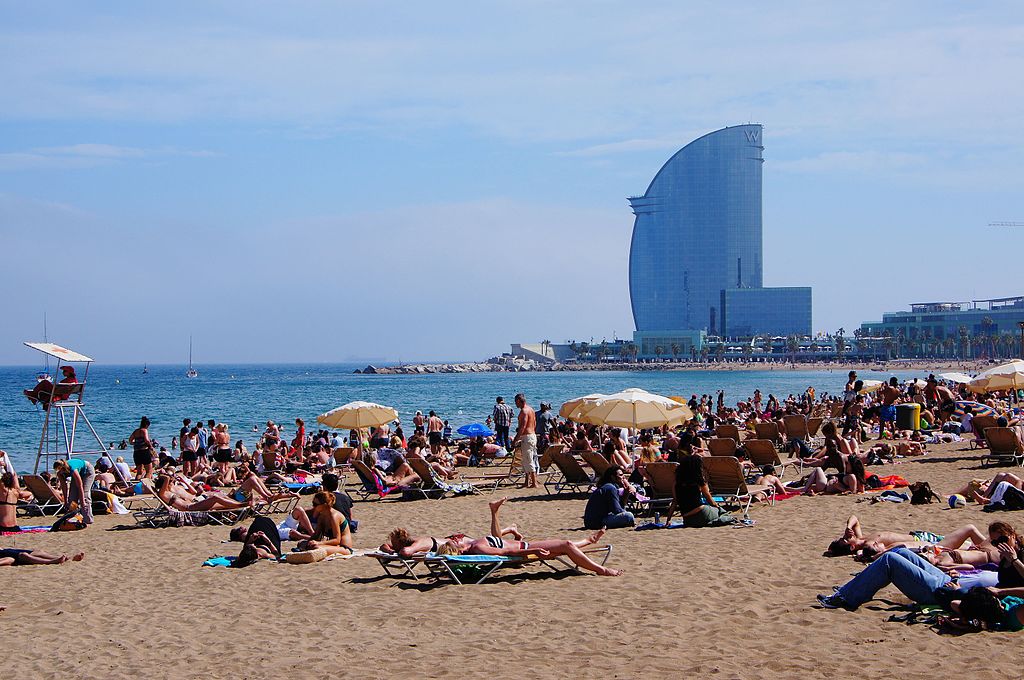 Martin Abegglen, Wikimedia Commons
Martin Abegglen, Wikimedia Commons
Lisbon, Portugal
Lisbon attracts visitors with its sunny climate, historic architecture, and vibrant culture. Travelers explore its scenic hills, ride iconic trams, and enjoy fresh seafood along the waterfront. The city's rich history, lively nightlife, and stunning views make it a top vacation destination.
Lisbon, Portugal
Lisbon struggles with overcrowding as tourism drives up housing prices, forcing many locals out of the city center. Short-term rentals and rising demand have transformed traditional neighborhoods, making affordable housing scarce. Increased foot traffic, waste, and noise strain infrastructure, while cruise ships contribute to pollution along the Tagus River.
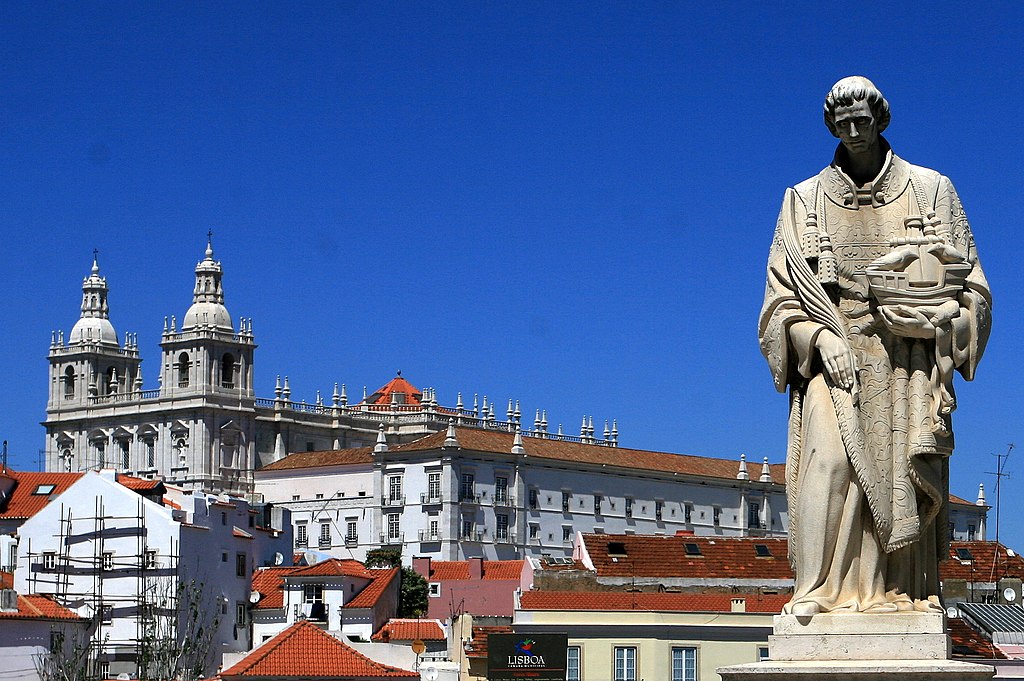 Joaomartinho63, Wikimedia Commons
Joaomartinho63, Wikimedia Commons
Mount Everest
Mount Everest, the world's highest peak at 29,029 feet, sits in the Himalayas on the border between Nepal and Tibet. Tourists and climbers flock there for the challenge of reaching its summit and the breathtaking scenery of the surrounding mountains.
Despite the extreme conditions, Everest remains a bucket-list destination for adventurers seeking to test their limits. But being the most famous mountain in the world draws a lot of adventurers.
 shrimpo1967, Wikimedia Commons
shrimpo1967, Wikimedia Commons
Mount Everest
Tourism has created jobs and improved quality of life, but local workers believe visitor numbers must be limited. The fragile Everest region lacks the infrastructure to sustain heavy crowds.
However, despite overflowing trash, vanishing wildlife, and packed trails, the Department of Tourism does not consider the area overcrowded. With all supplies carried in and waste hauled to landfills, pollution from helicopters, garbage, and human waste contaminates water sources, making life harder for locals.
 Daniel Oberhaus, Wikimedia Commons
Daniel Oberhaus, Wikimedia Commons
Agrigento, Sicily, Italy
Visitors flock to Agrigento for its stunning Valley of the Temples, a UNESCO-listed site with well-preserved ancient Greek ruins. The city also draws travelers with its picturesque coastline, offering beautiful beaches and breathtaking Mediterranean views.
Agrigento, Sicily, Italy
Agrigento faces overcrowding at the Valley of the Temples, where increased foot traffic threatens the preservation of its ancient ruins. Additionally, the town's narrow, historic streets struggle with congestion as tourists flood local shops and restaurants, putting pressure on the infrastructure and the traditional way of life.
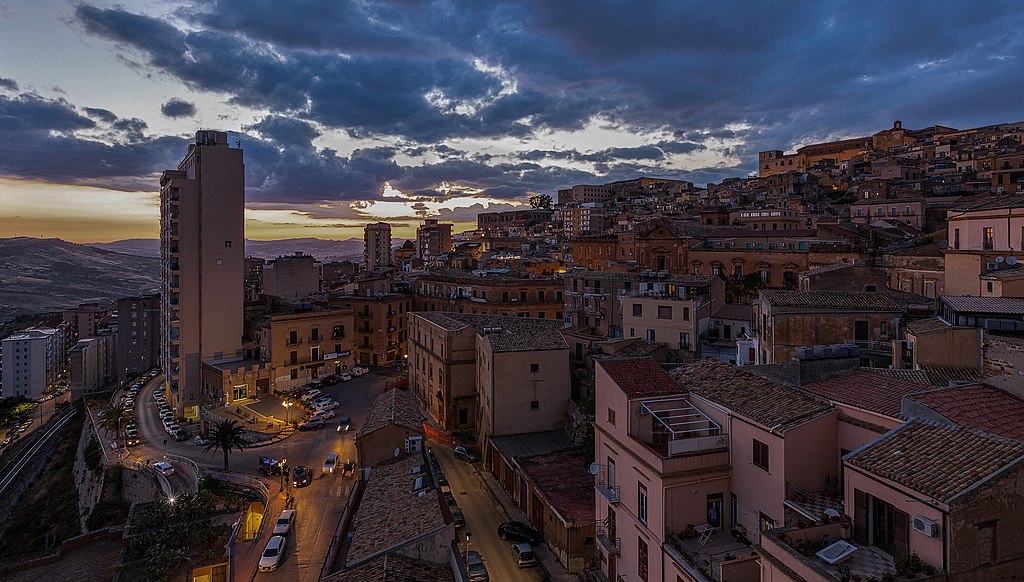 Maurizio Moro5153, Wikimedia Commons
Maurizio Moro5153, Wikimedia Commons
Kerala, India
Kerala attracts visitors with its tranquil waters, lush landscapes, and vibrant culture, offering a perfect blend of nature and tradition. Known for its Ayurvedic treatments, beaches, and rich history, it draws tourists seeking relaxation, adventure, and cultural experiences.
Kerala, India
Kerala faces environmental strain as increased tourism leads to pollution in its backwaters, with boats and waste damaging fragile ecosystems. Additionally, the demand for resorts and accommodations encroaches on local farming land, disrupting traditional livelihoods and increasing land prices.
Oaxaca, Mexico
Oaxaca attracts visitors with its rich cultural heritage, vibrant markets, and renowned cuisine, particularly its traditional mole and mezcal. The city's colonial architecture and nearby archaeological sites, like Monte Albán, also draw history and culture enthusiasts.
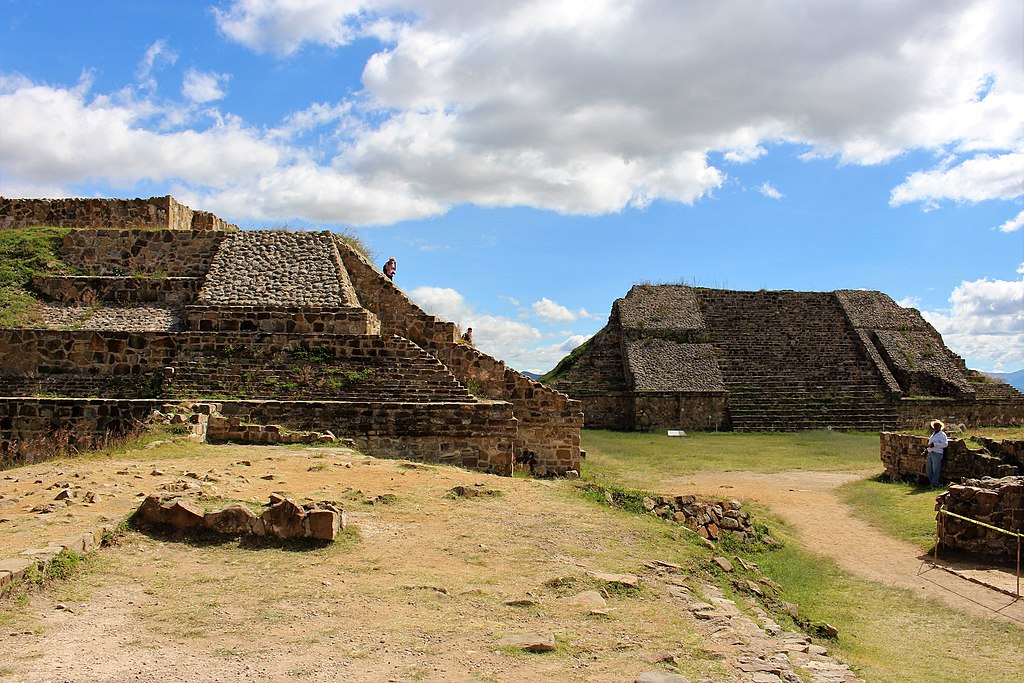 Emőke Dénes, Wikimedia Commons
Emőke Dénes, Wikimedia Commons
Oaxaca, Mexico
Oaxaca faces overcrowding in its historic center, where an influx of tourists puts pressure on local infrastructure and diminishes the cultural experience's authenticity. Additionally, the demand for artisanal products has led to exploitation and unsustainable practices, threatening the region's traditional craftsmanship.
Scotland North Coast 500
The Scotland North Coast 500, often called the NC500, is a relatively recent example of a destination overwhelmed by tourists. Scotland launched the project to showcase the region's stunning landscapes and rich history. It aimed to boost regional economic growth by showcasing everything from rugged cliffs and castles to peaceful lochs and fishing villages.
Scotland North Coast 500
The North Highland Initiative, a non-profit founded by King Charles III, launched this scenic coastal route through the North Highlands in 2015 and initially managed it. In 2018, a private company took over its operations. It succeeded, generating over £22 million (about $29 million) for the local economy in 2018 and creating 180 full-time jobs.
 Julian Paren, Wikimedia Commons
Julian Paren, Wikimedia Commons
Scotland North Coast 500
The NC500's growing popularity has significant downsides, from inconvenience to outright disgust. Traffic congestion has led to more accidents and delays for locals. While many tourists camp in tents or motorhomes, a lack of facilities—campsites, toilets, and waste disposal areas—has created problems. "Wild camping" on beaches, laybys, and private property is standard, leaving behind trash, scorch marks, grills, and human waste.
 Graham Hogg, Wikimedia Commons
Graham Hogg, Wikimedia Commons
Bali, Indonesia
Bali's stunning beaches, vibrant culture, and lush landscapes make it a top destination for travelers worldwide. Its popularity has led to a surge in mass tourism, which has overwhelmed local infrastructure. Bali faces a distinct set of tourism challenges due to disruptive visitors.
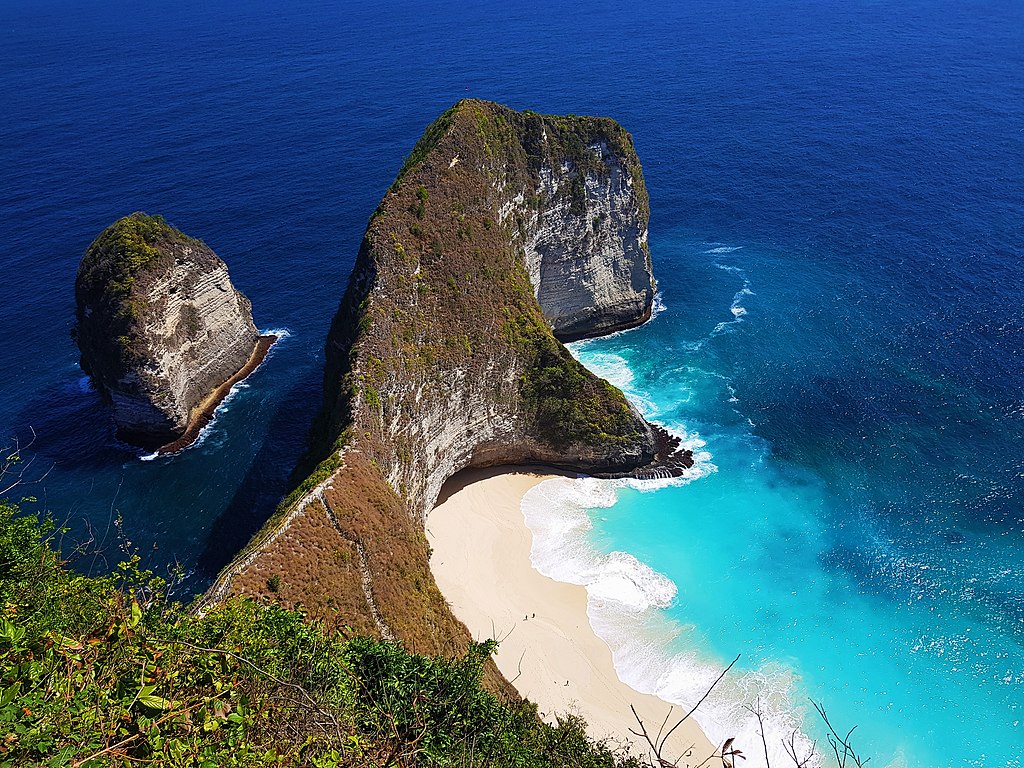 Dini Rosyadah Tridya, Wikimedia Commons
Dini Rosyadah Tridya, Wikimedia Commons
Bali, Indonesia
Bali's party culture has fueled a global influx of tourists, driving the island's popularity to new heights. This visitor surge has led to rapid commercialization, with luxury villas and bustling beach clubs transforming the landscape.
The situation escalated so much that in 2023, tourists received guides at the airport outlining proper behavior and island protocols.
You May Also Like:
The 30 Hardest Colleges To Get Into In America—According To Data
Mysterious Bones Uncovered Within The World’s Largest Tree


